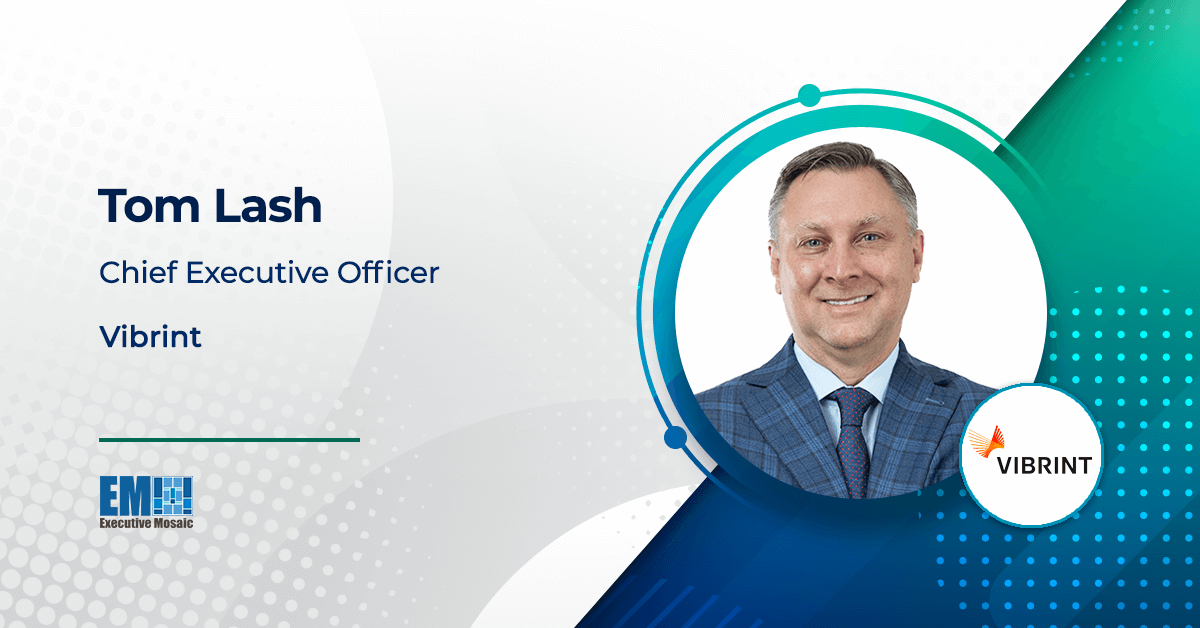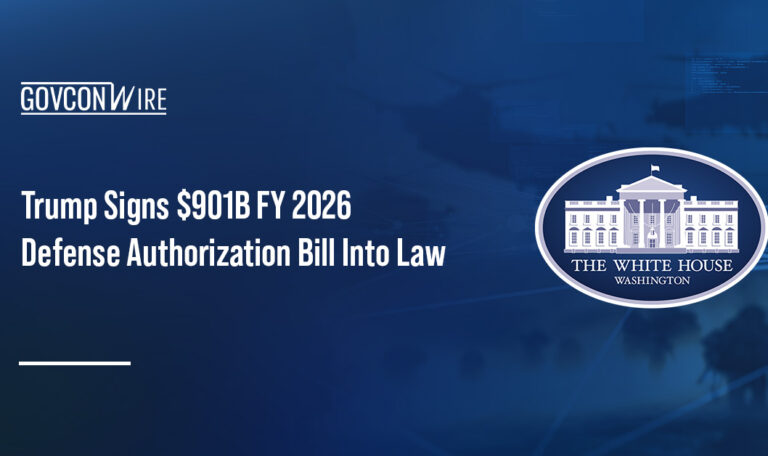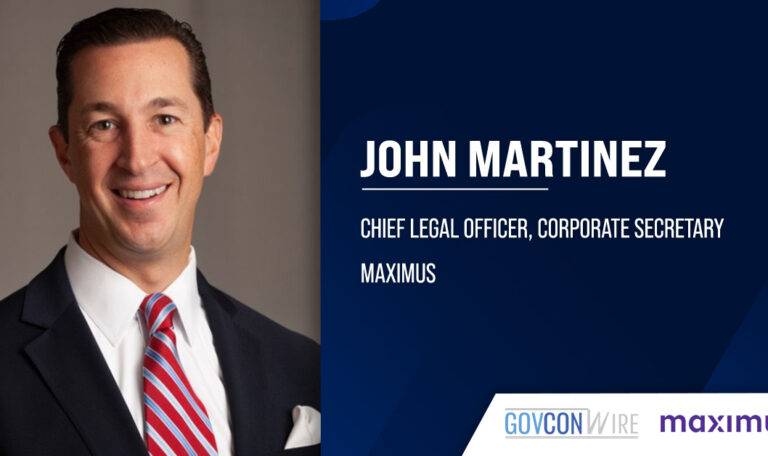Well-versed in the defense and intelligence communities, Tom Lash spent almost two decades at SAIC in roles such as senior systems engineer, chief technology officer and vice president of operations. He then became a part of Leidos when it spun off from SAIC in 2013. At Leidos, he helped administer engineering integration for the storied merger between Leidos and Lockheed Martin’s Information Systems & Global Solutions arm in 2016, so he is no stranger to large scale business combinations and brand creation.
This year, Lash is at the helm of a splashy new merger: that of Engineering Solutions and Meadowgate Technologies. (Read our past coverage of the merger here and more at our sister site ExecutiveBiz here.) The two companies have come together to form Vibrint, which Lash sees as a new kind of national security-focused government contractor.
In this interview, Lash delves into how the merger came to be, his career-long dedication to the national security mission and his goals for the new organization.

The Potomac Officers Club’s 10th Annual Defense R&D Summit will feature dialogues with prominent Department of Defense officials (including Heidi Shyu) about the latest technologies they need to serve the national security mission. Register here for the Jan. 31, 2024 event now! It will be hosted in the Tysons Corner, Virginia area and along with ample networking and face-time opportunities with colleagues and competitors, refreshments will be served.
How did the merger between Engineering Solutions and Meadowgate Technologies come about?
I was approached by a group of investors who are very passionate about the national security mission. I had worked with one of them previously, and when they approached me about the opportunity to build the next great national security company, that was really appealing. Having spent 23 years at large systems integrators and then six years at Amazon, I had been formulating best practices for supporting national security customers. What we have now with Vibrint is the perfect opportunity to support the national security community in a different way.
How have you built a relationship over the years with the national security agencies that are your base customers?
Personally, I’ve been supporting the U.S. national security community and some of our global allies for almost 30 years. And our legacy Vibrint companies have each supported the national security agencies for more than 20 years each — particularly around geospatial and cloud technologies. We have some employees who’ve been with the company for that entire time period. So, in both cases, between my personal experience and the corporate experience, we have supported these customers by taking the time to understand their challenges and leveraging technical expertise to help them satisfy their missions. I am really proud of the programs that I’ve had the pleasure of supporting throughout my career in the community, and I’m really impressed with the current work that our teams are doing across the U.S. intelligence community. We’re looking to expand our footprint and bring a continued commitment to delivering new and innovative technical capabilities for the benefit of our customers.
You mentioned geospatial and cloud technologies and referenced ‘new and innovative technical capabilities.’ Can you highlight one specific tool or technology the company will be working on?
We’ve been working with a company on a new secure wireless technology called LiFi, which is a wireless technology based on light rather than radio frequencies typical with Wi-Fi, that has numerous benefits for our customers in classified environments. The fact that we can contain wireless signals within a room simply by closing the door has a lot of benefits. So, we can power not only mobile devices like secure laptops and tablets, but also if you think about a data center application where we have the potential to really rethink how networking is done within the data center by using this secure wireless technology, we think it’s going to have a lot of benefits.
What excites you most about the combination of the two companies?
I really like having both a product business and a strong services business. Between the two, we have dozens of relationships with leading-edge original equipment manufacturer, or OEM, technology companies and access to technical talent who are ready to take that technology and apply it to our customers’ national security challenges. So, this combination of deep, hands-on technical expertise with our OEM partners, as well as the ability to provide sustaining services, is what I think is so compelling and what differentiates Vibrint for our customers.
What was the inciting idea behind the Vibrint brand?
There are a couple of themes embedded in the Vibrint brand. First, you might have noticed that ‘Int’ means intelligence, and that’s really central to our scope. We are first and foremost, and will continue to remain, focused on the national security and intelligence communities. Secondly, if you’ve been to our website, you may notice that we make extensive use of motion in our messaging and in the graphics. What we found and knew was that the national security community is very dynamic. When you think about and analyze our data flows, analytics and infusion of new technologies, we wanted a strong sense of dynamics represented in our brand. The falcon in our logo represents constant motion, as the falcon is the fastest bird on the planet, always agile and on target. We have ambitious goals and felt like we needed a strong brand to represent our direction.
What can people look forward to in the future from Vibrint?
We will continue to stay customer-centric, mission-centric and bring a steady flow of relevant and impactful technical solutions for the benefit of the national security community. We are constantly evaluating new technologies and building employee expertise on how to successfully deploy and support new solutions. We will be announcing a new partnership soon to demonstrate this commitment.
We’ve also been investing throughout 2023 pretty aggressively in our organic growth, developing capabilities and supporting our partner relationships and employees. We will certainly continue to do that. What we also intend to add for 2024 is probably an inorganic component that will help accelerate our support of new customers. So, we look forward to broadening our reach and hopefully expanding the range of customers that will benefit from our approach.















